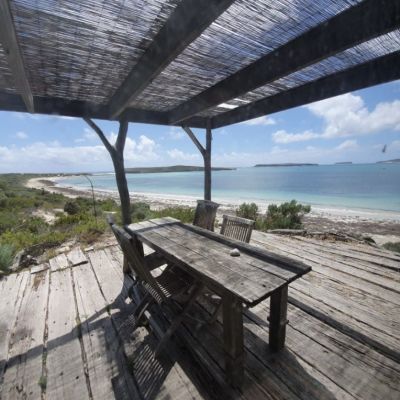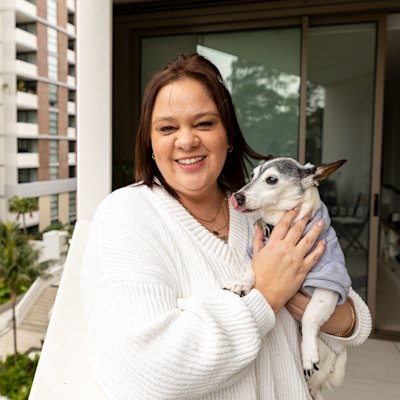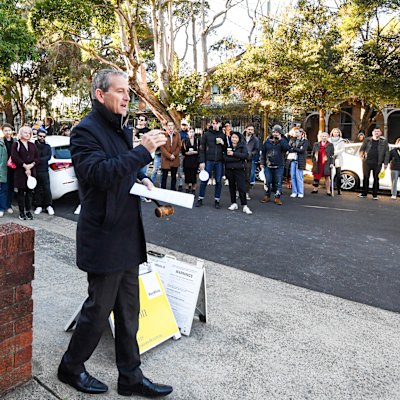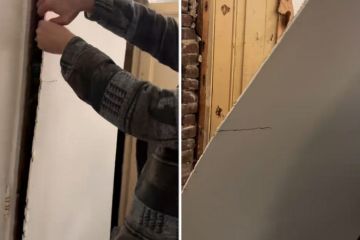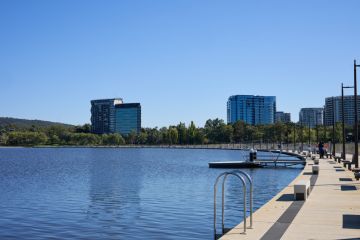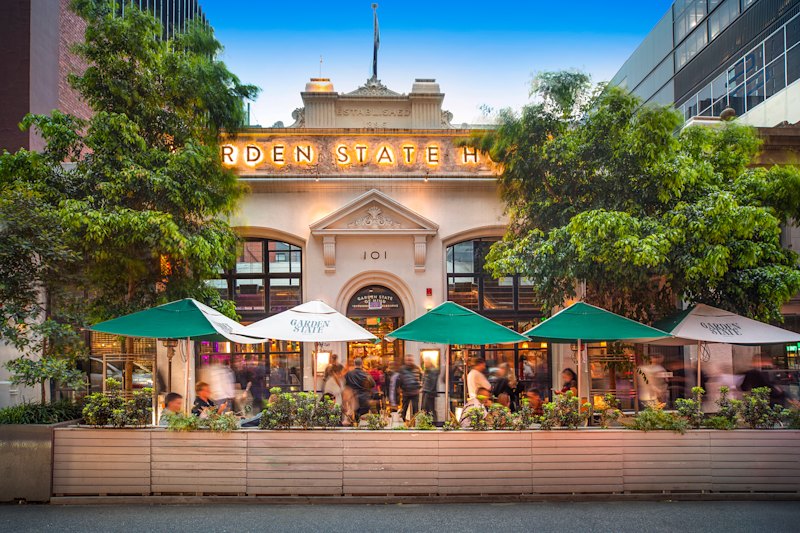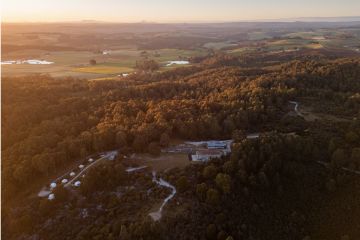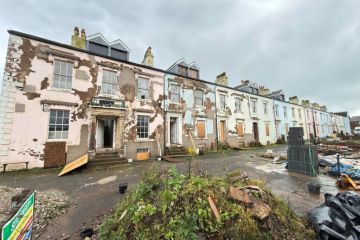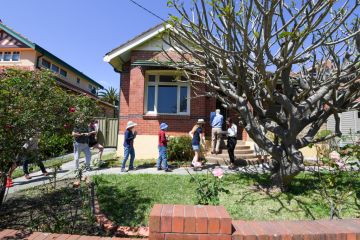Home values continue to rise as Sydney median hits $1.5 million
House values across the country are gaining pace and hitting record highs in most capital cities as a shortage of properties for sale and previous cuts to official interest rates risk adding to the nation’s housing affordability crisis.
As figures showed a substantial pick-up in the number of new homes being approved for construction, Cotality’s measure of dwelling values rose by 0.6 per cent in July to be 1.8 per cent up over the past three months.
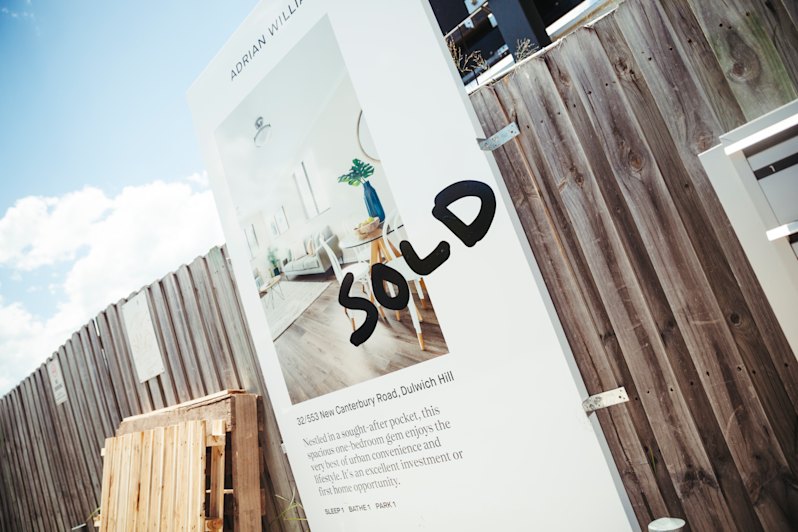
In Sydney, the median house value has climbed through the $1.5 million mark, increasing by 0.8 per cent last month to be 3.3 per cent up since the start of the year.
Melbourne’s median house value increased by 0.4 per cent to $952,000. Although up 2.8 per cent so far this year, values in Melbourne are still short of the peak hit during the COVID pandemic, when the official cash rate was at 0.1 per cent.
House values in Brisbane ($1.019 million) and Adelaide ($895,726) lifted by 0.7 per cent last month, while they increased by 0.9 per cent in Perth ($869,689) and by 0.6 per cent in Canberra ($984,723).
Cotality research director Tim Lawless said July was the sixth consecutive month of higher property values, which had started increasing after the Reserve Bank’s February interest rate cut.
“At the national level, the pace of growth in housing values is no longer accelerating,” he said.
“Rather, we have seen growth rates holding a little above half a per cent from month to month since May as the opposing influence of low supply, falling interest rates and rising confidence run up against affordability constraints and lingering uncertainty.”
Data this week, which showed both headline and underlying inflation easing through the June quarter, increased expectations that the Reserve Bank would use its August 11-12 meeting to cut official interest rates for the third time this year.
Markets believe there is a 100 per cent chance of a quarter percentage point cut, with expectations of follow-up cuts in November and early next year.
Reserve Bank deputy governor Andrew Hauser, speaking in Sydney, did little to play down market expectations.
“The data [on Wednesday] were very welcome,” he said.
“Our strategy for some time has been to set interest rates to bring inflation back sustainably to the midpoint of the 2 to 3 per cent target range, and to do that through a policy that is gradual, considered, measured … predictable.”
Lawless said if further cuts were delivered, they would support property prices.
“Lower interest rates go well beyond providing a lift to home serviceability and borrowing capacity,” he said.

“We expect to see a further rise in consumer sentiment, and cost-of-living pressures are contained, and the cash rate moves lower.”
A key issue underpinning property prices is the lack of supply of homes on the market.
Figures from the Australian Bureau of Statistics released on Thursday showed another step-up in dwelling approvals, which jumped by 11.9 per cent in June to be 27.4 per cent up over the past 12 months.
Approvals of units lifted by a third in June and are now 87.1 per cent higher than a year ago.
Over the year, a total of 185,844 homes were approved across the country, a 13.5 per cent increase on 2023-24. Despite the rise, approvals are 55,000 short of the 240,000 needed every year to reach the federal government’s target of 1.2 million homes by mid-2029.
Property Council senior executive Matthew Kandelaars said the government’s target was never going to be easy to hit, but had helped drive the states and territories to tackle the nation’s housing shortage.
“These numbers highlight the mountain we need to climb, but it is good to see a healthy increase in the number of housing approvals,” he said.
NAB’s head of market economics, Tapas Strickland, said there were some signs that the efforts of state governments to get more housing under way were starting to bear fruit.
“It could be state government initiatives are starting to incentivise a lift in residential approvals, though capacity constraints are one limiting factor,” he said.
We recommend
We thought you might like
States
Capital Cities
Capital Cities - Rentals
Popular Areas
Allhomes
More
- © 2025, CoStar Group Inc.
